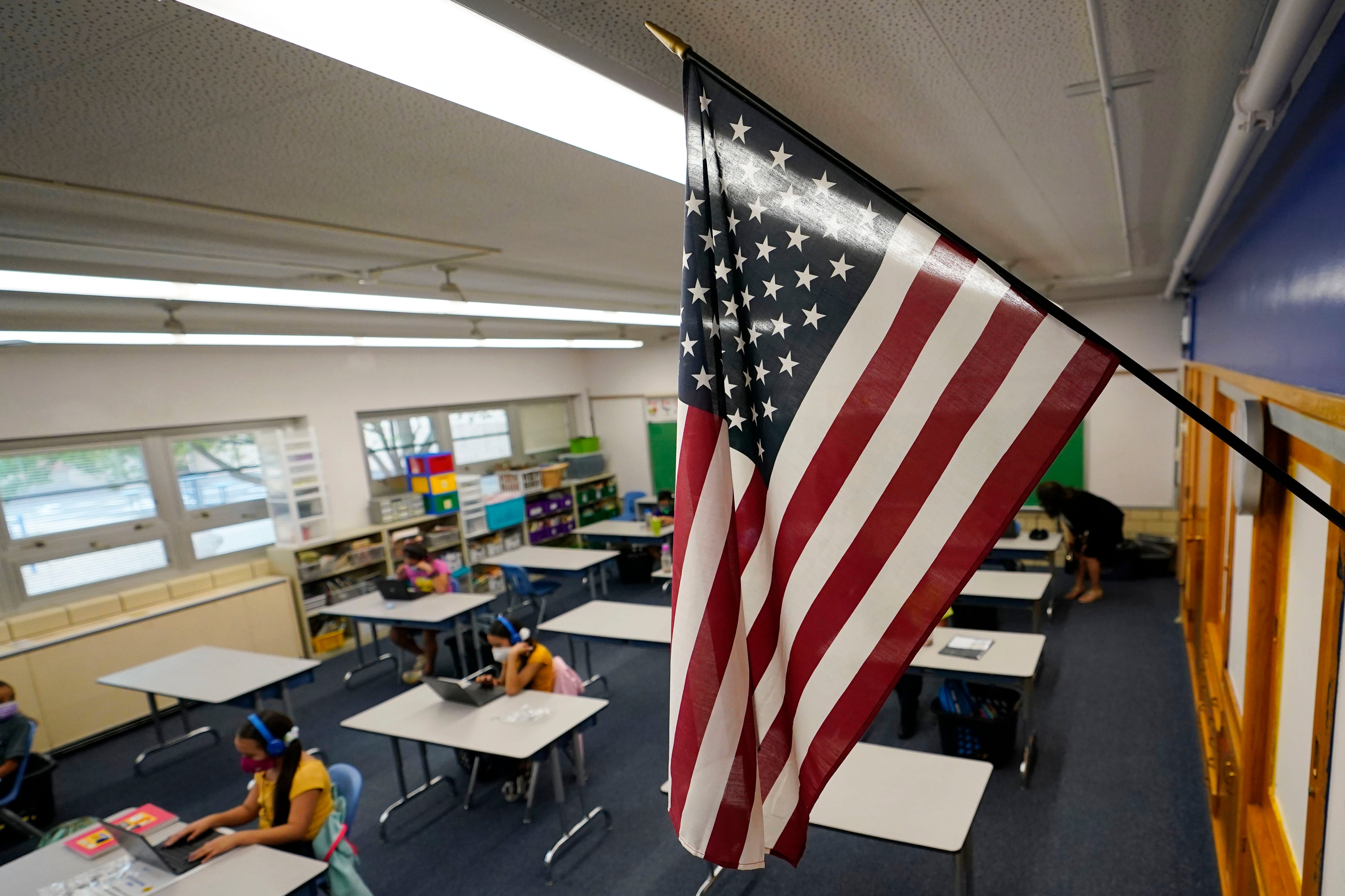Chicago’s principals group says students in as many as one-third of reopened classrooms may have an educator teaching virtually from home — and this scenario is much more common in schools that serve primarily Black and Latino students.
The Chicago Principals and Administrators Association, a voluntary membership group, said 195 of the city’s 415 schools participated in a survey that found 17% of classrooms in majority white schools have remote teachers, while 35% in majority Latino schools and 47% in majority Black campuses do. Principals have reported that staffing classrooms and enlisting substitute teachers has been a key challenge amid Chicago’s elementary school reopening this month; roughly a third of the district’s educators who are at a higher COVID-19 risk or care for a family member who faces a higher risk have received permission to work from home.
Chalkbeat Chicago recently submitted a Freedom of Information Act request to the district seeking data on the number of students learning in person with a virtual teacher — while a substitute or support staff member oversees the classroom — and on how this number varies among schools. The district denied that request, saying it does not comprehensively track this data, which “lives in separate databases.”
Asked about the report Wednesday, district CEO Janice Jackson said she cannot comment on the survey because she has no information about how it was conducted. But she said the district’s transition to hybrid learning is an ongoing process, with officials addressing school needs as they arise. In some schools, the shift has gone “extremely well,” she said.
“There are places where we need to provide more support,” Jackson said.
In interviews with Chalkbeat earlier this month, some Chicago principals said they worry that a scaled-back version of in-person learning would not deliver its full benefits and could result in inequitable outcomes across campuses and classrooms. Still, they generally said that students in those classrooms benefit from being among peers and supportive adults, and in some cases the arrangement was working out relatively smoothly.
Principals participating in the survey also reported having about 7% of classrooms that had no certified teacher, in person or virtual, relying instead of substitutes and support staff. Another 7% of classrooms have combined grade levels, according to the survey. About 40% of students in the schools surveyed do not get recess, again with disparities between schools that serve majority white students and whose where most students are Black or Latino. About a fifth of the school leaders surveyed work at schools with a majority white student population.
Some school leaders reported that some families who had opted for in-person learning returned to fully virtual instruction after realizing their children’s lead teacher would be virtual.
“My students are still sitting at a computer,” one principal wrote. “It’s just a different setting.”
Other principals said they and their assistant principals have had to teach classes and supervise instruction when educators called in sick or took personal days.







